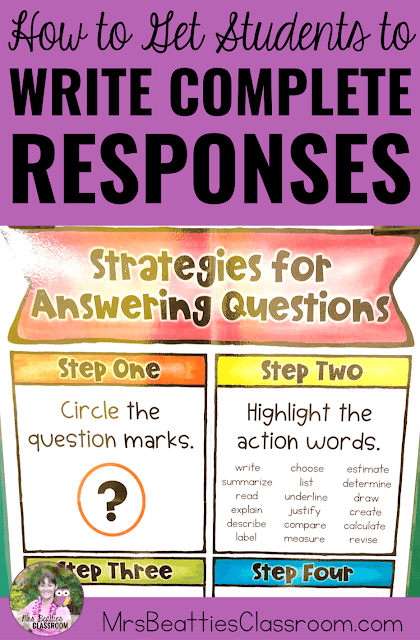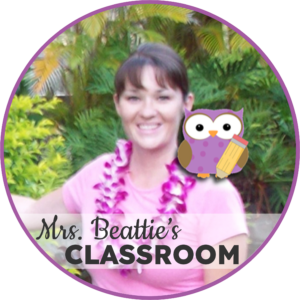When I assign multi-step problems in my Grade 5/6 classroom at the beginning of the year, I almost unanimously see my students leaving out parts of the question when they respond. To solve this problem, I’ve created an easy strategy to get students to write complete responses in any subject area.

In Ontario, Canada, our Grade 6 students write a provincial assessment in the spring. Like many assessments in other parts of the world, these include long, wordy questions that usually include multiple steps that students must complete.
Getting students to complete all parts isn’t difficult when you set up meaningful, and manageable, systems for them to follow!
I’ve always taught my students this 4-step process:
- Circle the question marks.
- Highlight the action words.
- Underline any additional relevant information.
- Check off each item as you complete it.
Let’s look at each step a little more closely:
First, I have my students circle the question marks. Each question mark represents a question that they must respond to. They are easy to spot, and once they’re marked in the process, the students can focus on the other sentences in the instruction.
Second, the students focus on all the sentences that are NOT questions. These will generally be imperative or declarative sentences. I have my students look for the verbs, action words, or instructional verbs that tell them to do something. We always spend some time brainstorming examples of what these words may be.
Third, I teach the students to underline any critical information they should focus on within the sentences, such as a specific number of things, a particular character, or anything beyond general information.
Finally, I ask my students to check off each item as they include it in their responses. This way, they ensure that no part of their answer is missed.
We always practice this repeatedly with examples from previous years’ assessments or the resources we regularly use in our classroom.
I also scaffold the process by posting an anchor chart for my students to refer to throughout the day. We use this chart repeatedly since this process will work in ANY subject area!
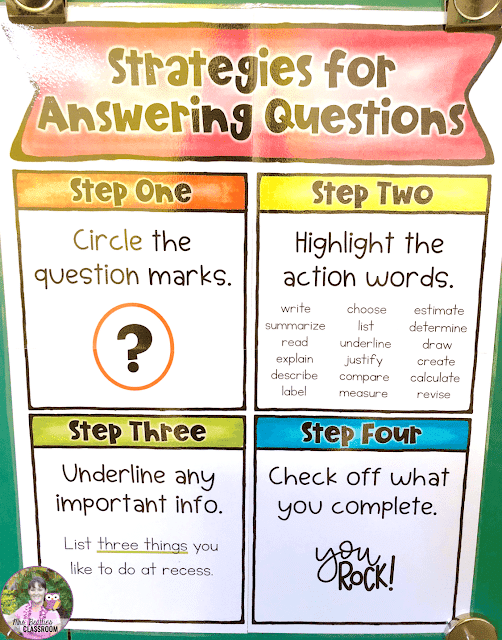
You might also be interested in the management strategies I share in these posts:

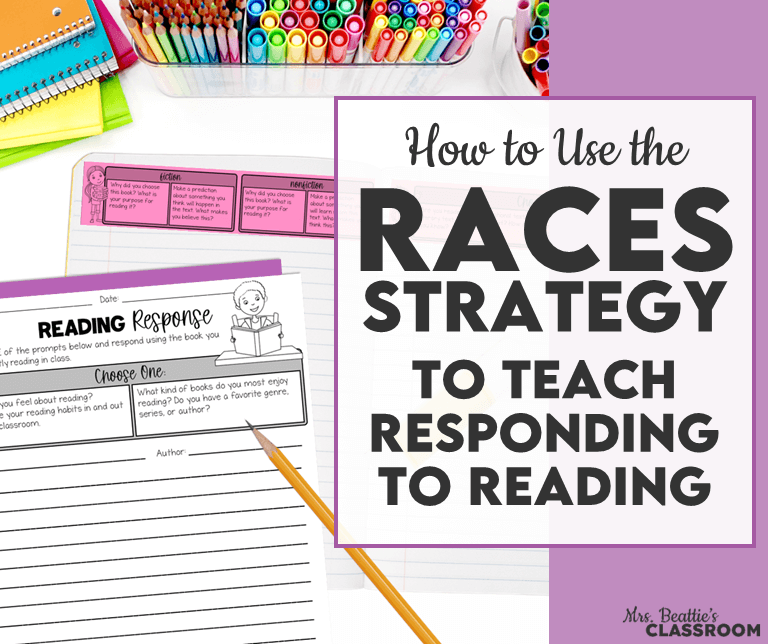
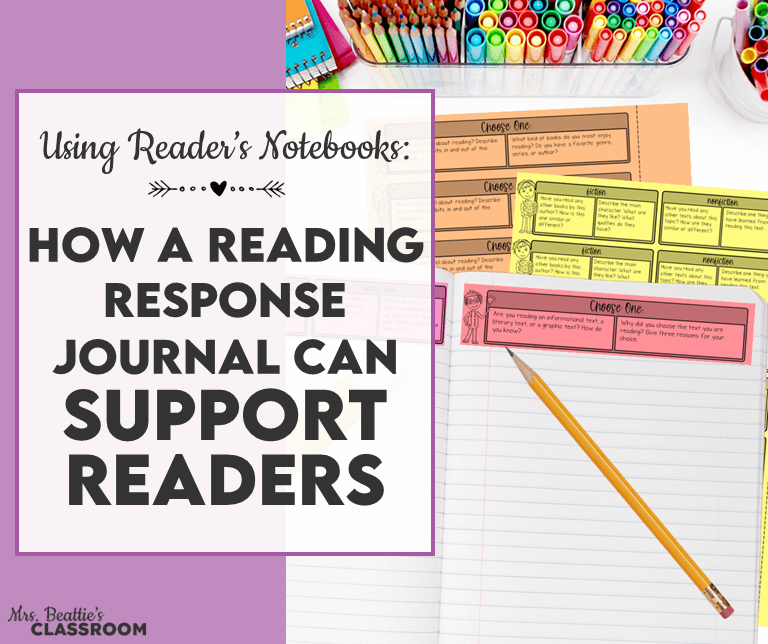
If you’ve enjoyed this post, please share it with friends and colleagues on Facebook or pin it on Pinterest:
